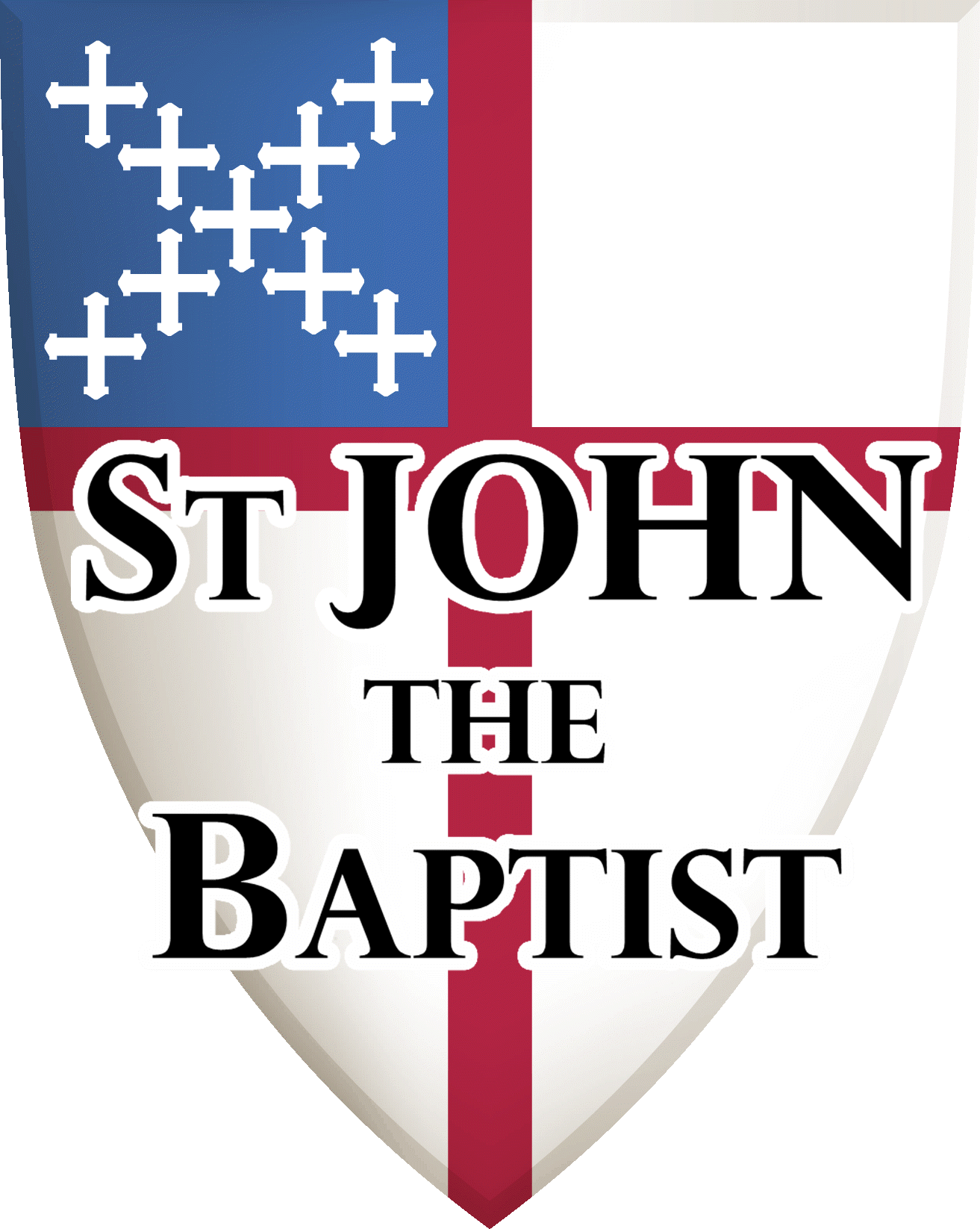Celebrating the Life and Legacy of Absalom Jones – The First African American Priest in the Episcopal Church
A Sermon by the Rev. Peter De Franco
February 7, 2021
The Episcopal Church of St. John the Baptist
St. Thomas African Episcopal Church opened its doors on July 17, 1794 as the first African American Church of Philadelphia.
For a long time, the African American community of Philadelphia wanted to establish their own religious and civil center where they could exercise their leadership and autonomy. We all know that African American Churches focus power, both religious and political, in our country today. St. Thomas Church set the stage for that dignity and self-generated power claimed by those early leaders.
An 1829 print of the African Episcopal Church of St. Thomas shows wealthy black families entering the building in their Sunday best. While most of the people are adult couples, one little girl and one little boy are shown with their parents. As I looked at those two children, I began to wonder what those children must have felt entering into that sacred space.
I would like to imagine the print showed the church when Fr. Absalom Jones was serving as their priest. Perhaps it was September 26, 1802, just eight years after the church opened its doors, just five days after Absalom Jones was ordained a priest.
Can we imagine how that little black girl and little black boy remembered the day?
How proud they must have felt, dressed in they finest Sunday clothing, walking down the street with their fathers and mothers, attending Sunday worship on the first day their pastor was a priest. They would have remembered the stories his parents told him about the church. Perhaps the little girl’s father and mother were present at St. George’s Methodist Church back in 1787 when white ushers demanded that black members of the church be restricted to the new balcony of the building and then only in the rear of the balcony so as not to sit with white members.
Did the little boy’s parents help Absalom Jones raise money for the new African Church of Philadelphia where they were now going to pray?
Perhaps her parents owned a store and many people from the black community would come to their store buying food items, fabric for their clothing, candies for their children. Her parents would support other black businesses. The black carpenters built their new house. The black bakers baked fresh breads and cakes. The black fish dealers offered the best catch of the day.
This little black boy would go to school with the little black girl who was coming to church. Their parents would help them every night with their homework. The boy’s father might tell him of the days when he was a very young boy, when he was a slave, and went to the night school for black persons, the same school where his father met their priest, Fr. Absalom Jones. The girl’s mother might tell her about Mary Jones, the wife of Fr. Absalom, who worked long hours with her husband so they could buy the big house they owned and later Fr. Absalom’s freedom.
They were discovering the rich heritage forged by their parents, created by their priest, strengthened by the black community in which they lived and to which they would contribute.
They would begin to understand the challenges they would face in a city with a predominantly white population. Their elders would teach them the ways to navigate through those challenges.
Perhaps their parents told them about the first day the African Church was opened, how the Rev. Samuel Magaw, the white rector of St. Paul’s Episcopal Church, spoke in a condescending way about the heritage of the black congregation living in the darkness of their former slave habits. Only a few weeks later, Absalom Jones would preach a sermon correcting the paternalism and arrogance of Rev. Magaw. Rev. Absalom Jones would also preach about darkness, but it was the darkness was not their African homeland but the evil of slavery and the lack of freedom in the United States of America. Rev. Absalom Jones was speaking to his black congregation as a black man, reflecting on the bible through a black lens, and filtering out the prejudice which white preachers brought.
The primary purpose in founding St. Thomas African Episcopal Church was to create a church and social network where African Americans could find themselves in a position of power and share that power with the other members of their community. They were creating the beginnings of a society of equals in a world where white persons denied that equality to black persons. African American leaders identified the prejudice and paternalism of the white community and offered alternate ways of seeing themselves and the ways they could engage the white community.
I wonder what we can learn from looking at Fr. Absalom Jones from the perspective of that little black girl and boy? Perhaps we can see the importance for children of discovering their Black heritage, to work in a network created by African Americans where they could claim their power and create systems of support for power within the community.
Our society has taken steps to dismantle racism but we have a long way to go. Our Anti Racism Task Force is inviting us to discover ways we can connect with other communities in Linden, building alliances to combat the racism which exists in our community. We know that we have a good deal of work to do.
That work not only builds up God’s Beloved Community. Like the Black community of Philadelphia which gave a gift of power and dignity to that unknown little girl and little boy in the print of St. Thomas Church, we create a gift to pass on to our children. A home to nurture their hearts in God’s inclusive love.

